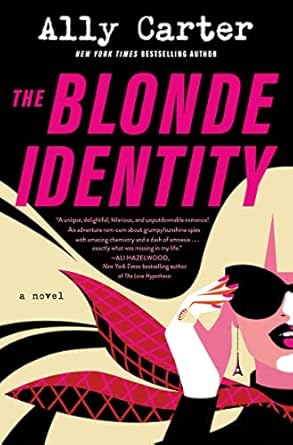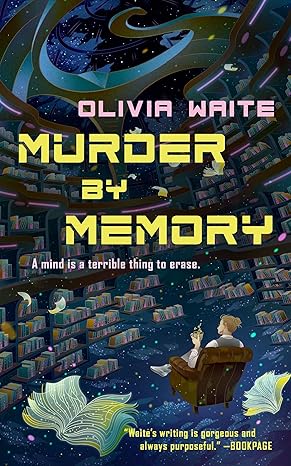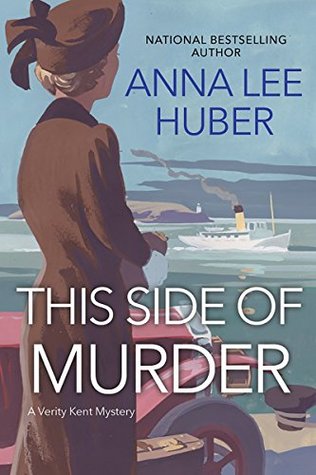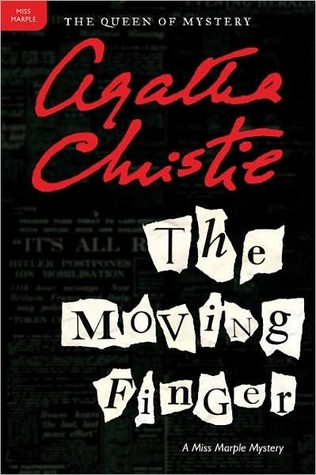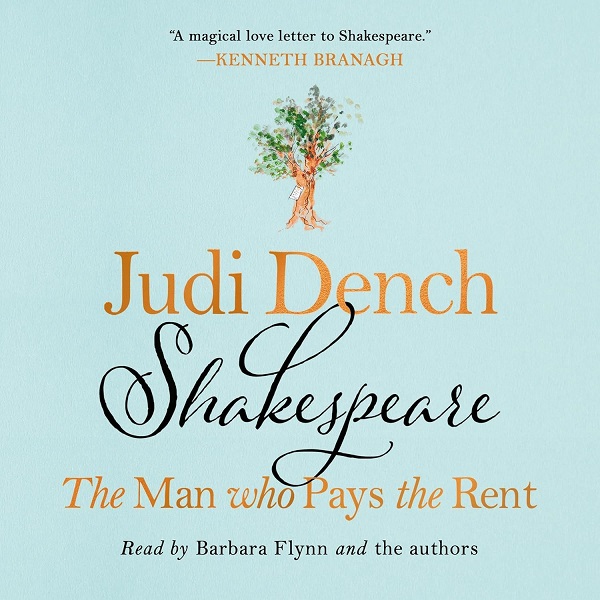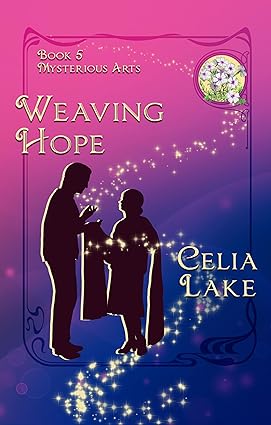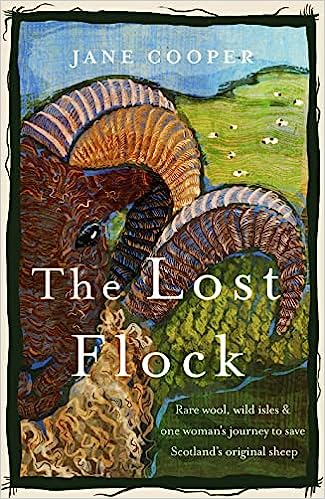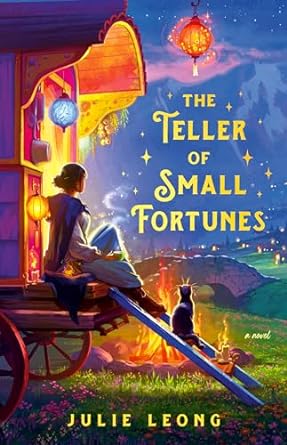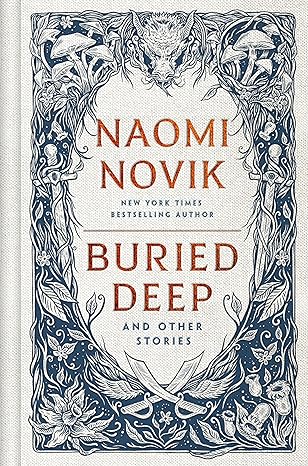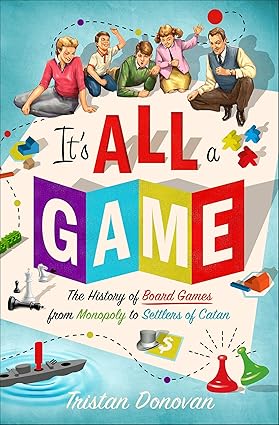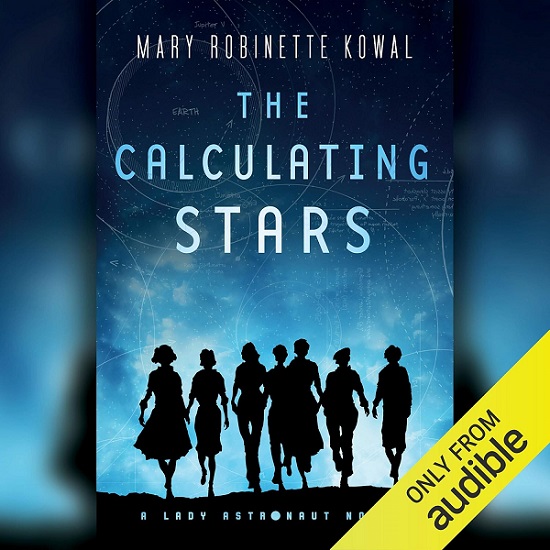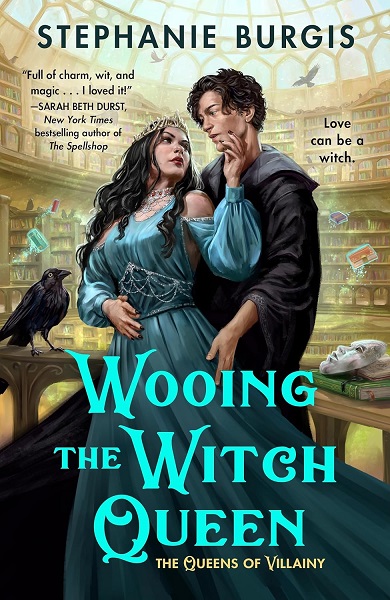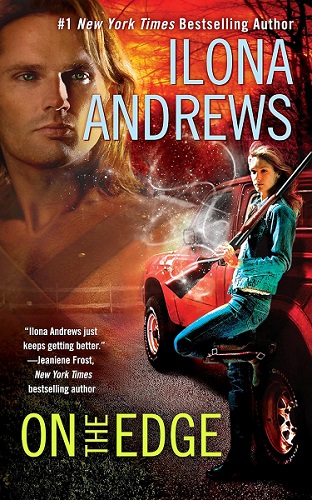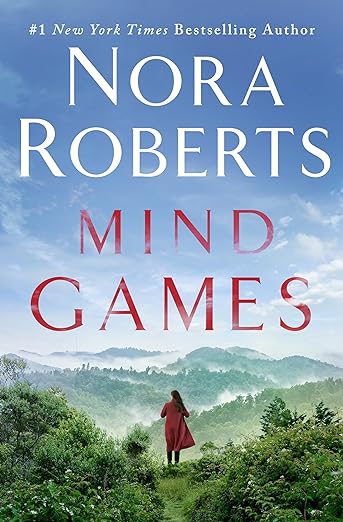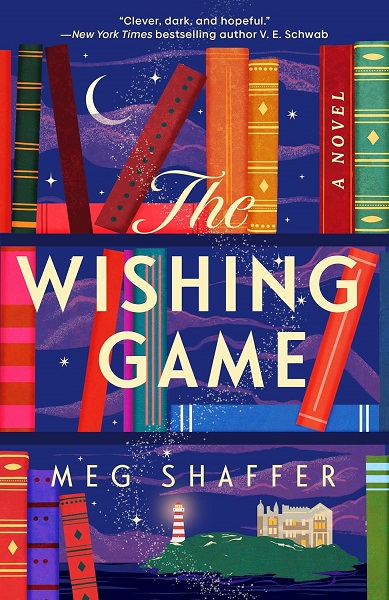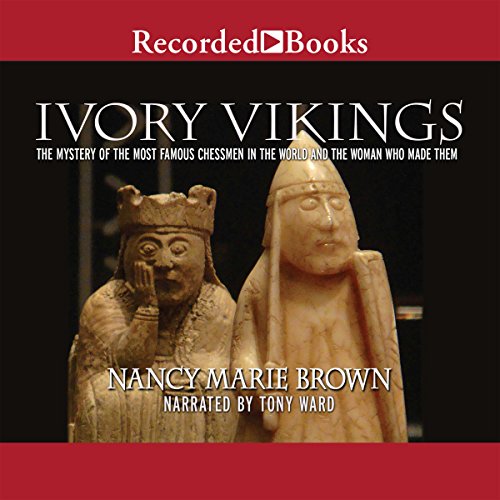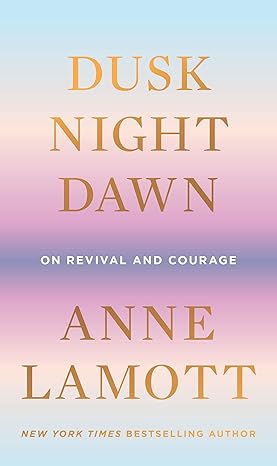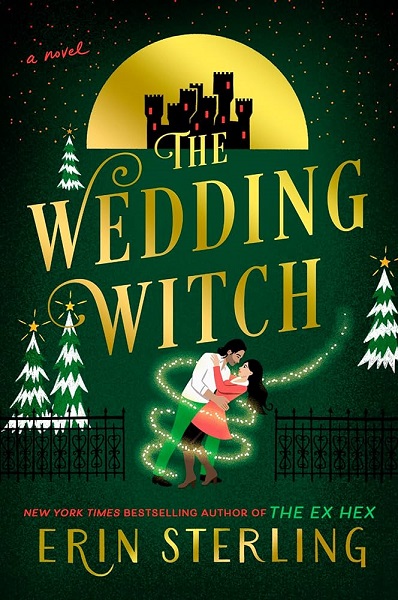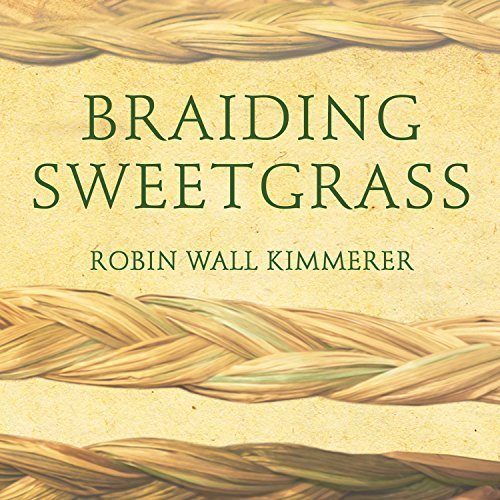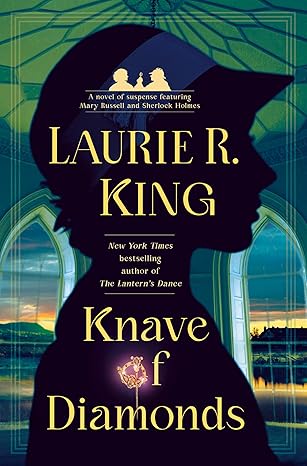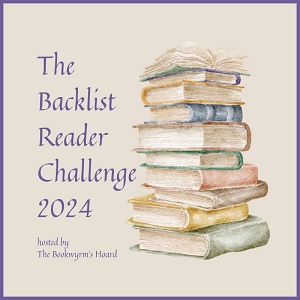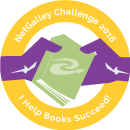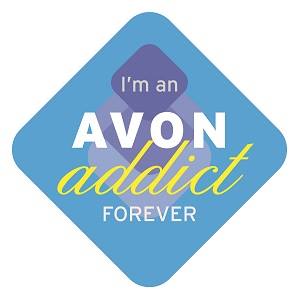There are lots of ways to help young people develop a love of books. But the most important begins at home, by showing children the fun and the magic of books. If you have a child or young adult in your household or family, read to them! Read every day if possible. Read as clearly and expressively as you can, and have fun with it. Try using different voices and even accents for each character.
 Even very young children enjoy interacting with books. Choose board books, fabric books, and plastic books for babies who still want to touch and put everything in their mouths. There are board books with nothing but pictures, books with a picture and one word on the page, and books with simple sentences. Sit so your child can see the pages with you. After you’ve gone through a book like this several times, identifying objects on the pages, try asking questions and giving suggestions: “Where’s the ball?” “Can you find the red duck?” “Pat the bunny!”
Even very young children enjoy interacting with books. Choose board books, fabric books, and plastic books for babies who still want to touch and put everything in their mouths. There are board books with nothing but pictures, books with a picture and one word on the page, and books with simple sentences. Sit so your child can see the pages with you. After you’ve gone through a book like this several times, identifying objects on the pages, try asking questions and giving suggestions: “Where’s the ball?” “Can you find the red duck?” “Pat the bunny!”
Once children are old enough to learn not to tear or eat the pages, start with picture books. Books with poetry — rhythm and rhyme — are great for toddlers, but any picture book with engaging pictures and a bit of story will work. Your child may enjoy books about television or movie characters he likes; our daughter loved books about Winnie the Pooh (not yet the original stories) Clifford the Big Red Dog, and Sesame Street, complete with our best imitations of Eeyore, Piglet, Cookie Monster, Big Bird, and Elmo. But she also loved Time for Bed by Mem Fox and Jane Dyer, Sleeping Babies by Tony Auth, and Guess How Much I Love You by Sam McBratney and Anita Jeram.
 As you move into chapter books, start with “early” chapter books and longer storybooks like the “Henry and Mudge”and “Mr. Putter and Tabby” series by Cynthia Rylant. Longer chapter books such as the Narnia books work well for children in early elementary school, but you might want to intersperse them with shorter, one-sitting stories. You are the best judge of your child’s attention span, but if the story is a good one and you’re reading it reasonably well, children can sit and listen for a remarkably long time. Active kids or kinesthetic learners may need something physical to do while listening to books without pictures, such as building with blocks, knitting, or working on a jigsaw puzzle.
As you move into chapter books, start with “early” chapter books and longer storybooks like the “Henry and Mudge”and “Mr. Putter and Tabby” series by Cynthia Rylant. Longer chapter books such as the Narnia books work well for children in early elementary school, but you might want to intersperse them with shorter, one-sitting stories. You are the best judge of your child’s attention span, but if the story is a good one and you’re reading it reasonably well, children can sit and listen for a remarkably long time. Active kids or kinesthetic learners may need something physical to do while listening to books without pictures, such as building with blocks, knitting, or working on a jigsaw puzzle.
As your child gets older, choose books that are too hard for your child to read to herself, but not so hard that they’re incomprehensible to her, nor so grown-up that the concepts are too mature. Third-graders may enjoy The Hobbit, if it’s read well, but probably not The Brothers Karamazov. Don’t worry if some of the vocabulary is new to your child; vocabulary is built largely through encountering words in context. The disparities between American and British words may need to be explained, though; a flat, a torch, and a jumper are all quite different things depending on which side of the Pond you’re from!
It’s always a good idea to read a book to yourself before you read it to your children. It will be easier to read aloud if you are already familiar with the story and the author’s style. Pre-reading also lets you judge whether your child is ready for a particular book yet.
 If you’re simply not comfortable reading longer books aloud, try listening to audiobooks together. Audiobooks are great in the car, but you can find other times to enjoy them, too: instead of watching a TV sitcom, while cleaning up together after supper, while working on a jigsaw puzzle or doing crafts like knitting. (And yes, even children as young as four or five can learn to knit simple things.) Believe it or not, listening to audiobooks can also help develop your own reading-aloud skills. There are a lot of audiobooks for children and young adults out there. Jim Dale’s readings of the Harry Potter books are wonderful, though the books are not intended for very young children. The CDs by storyteller Jim Weiss (Greathall Productions) are also excellent for family listening, and some of them are fine for children as young as three or four.
If you’re simply not comfortable reading longer books aloud, try listening to audiobooks together. Audiobooks are great in the car, but you can find other times to enjoy them, too: instead of watching a TV sitcom, while cleaning up together after supper, while working on a jigsaw puzzle or doing crafts like knitting. (And yes, even children as young as four or five can learn to knit simple things.) Believe it or not, listening to audiobooks can also help develop your own reading-aloud skills. There are a lot of audiobooks for children and young adults out there. Jim Dale’s readings of the Harry Potter books are wonderful, though the books are not intended for very young children. The CDs by storyteller Jim Weiss (Greathall Productions) are also excellent for family listening, and some of them are fine for children as young as three or four.
 |
| J. K. Rowling reading from Harry Potter and the Sorcerer’s Stone at the White House in 2010 |
It’s never too late to start reading to your children. Even if they haven’t been read to before, older kids and teens may enjoy listening as you read a book, as long as you pick one they’re likely to find interesting. You can also involve older children by setting a family reading time, where everyone takes turns reading the book aloud. (Don’t push your kids on this if they’re really uncomfortable with the idea.) You can start anytime, but if you need a good excuse to begin, this year’s Screen-Free Week (formerly TV-Turnoff week) started yesterday and runs through Sunday (April 30-May 6, 2012.) It’s a week when families across the nation agree to keep the television off and spend that time doing other things; some families turn off their computers and videogames as well.
If and when you talk about the books are reading together, give your children plenty of room to express their own thoughts and opinions. Let discussions be just that, rather than you telling what they ought to think about the book or topic. Ask open-ended questions instead of yes-no questions. Above all, don’t turn your children off to reading by quizzing them, giving them writing assignments, or otherwise evaluating their participation or attention. Let it be all about enjoying the book. Keep it fun!
Finally, let your children see you reading. Children — and teens — learn from what you do, not what you say. Read in front of your kids: books, magazines, the newspaper, ebooks, articles online. Talk about or share what you’re reading with them.
 |
| President Obama reading to a class at Long Branch Elem. School, Arlington, VA |
If you don’t have children or want to reach out to more than just your family, volunteer to read aloud at your local library or elementary school. Ask how to get involved in your local school’s reading program; with some volunteer training, you may be able to tutor students one-on-one or in small groups, or just listen while the child reads to you. If your schedule makes volunteering difficult, you can still donate books or funds to local school or public libraries for children’s books and children’s programs. Just find some way to share your love of books with others!
A few of my read-aloud book recommendations:
Books for ages 3 and up
Books for ages 5 and up
Books for ages 7-11 , and Jessica Day George’s Tuesdays at the Castle
Books for ages 12 and up: Tamora Pierce’s Protector of the Small Quartet
The Read-Aloud Handbook by Jim Trelease includes a hefty section of recommended titles.














